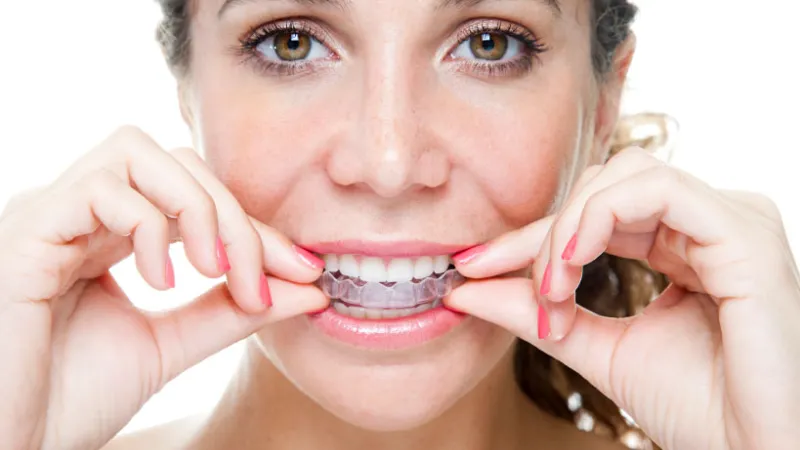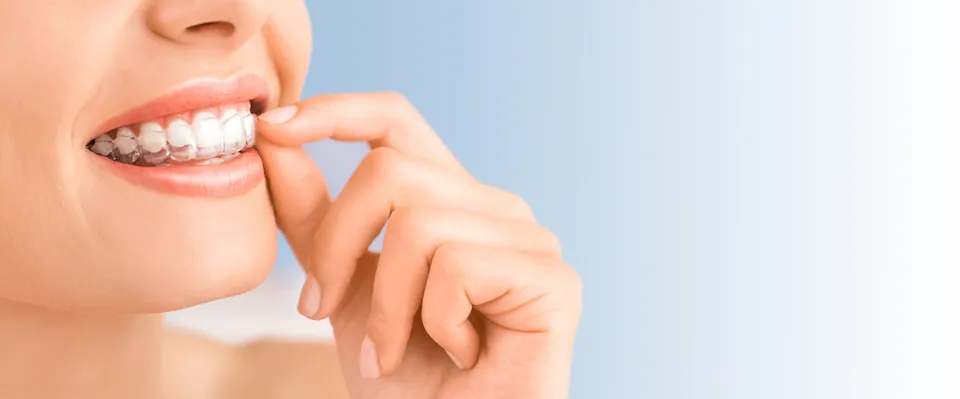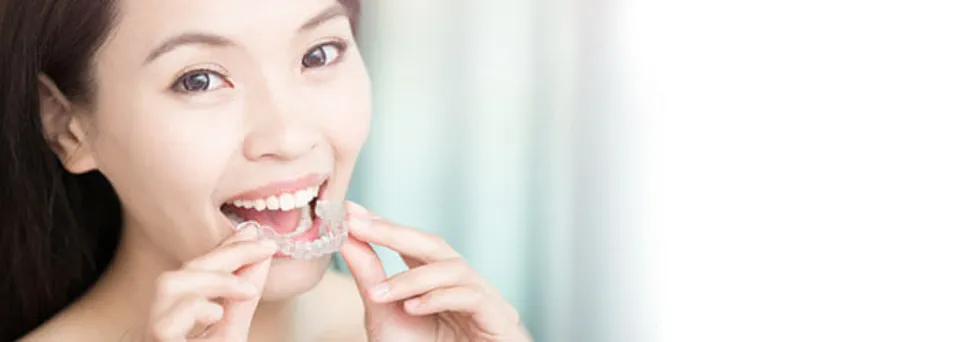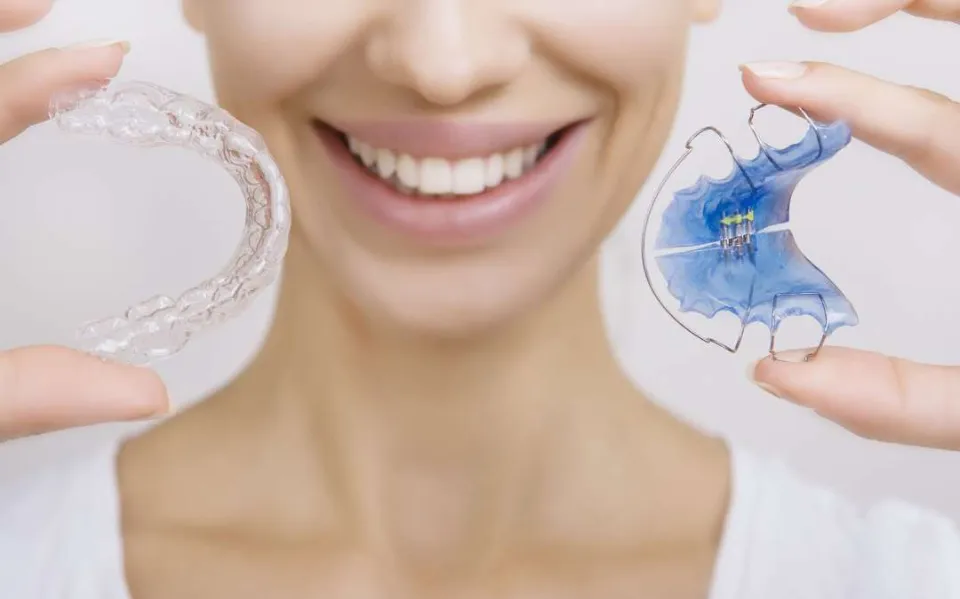What Happens If I Stop Wearing My Retainers? Let’s See

If you’re reading this, you might be curious about what happens if I stop wearing my retainer. To learn more about wearing your retainer and what might happen if you stop, continue reading.
The teeth will gradually move into new positions when you stop wearing retainers on a regular basis. This implies that previously crowded and crooked teeth will do so once more. Teeth with gaps between them will revert to having gaps between them.
Keep reading.
What Does a Retainer Do?
A retainer is a dental appliance used to maintain straight teeth after orthodontic treatment or to move teeth into a straighter position. The main function of a retainer is to do exactly what its name suggests: it holds your teeth in their current position and prevents further movement.
Your teeth will likely move as you get older. Retainers can assist in maintaining your teeth’s alignment over time if they are properly maintained. Following orthodontic treatment, these dental appliances are especially important. That will be covered in more detail later in the article. For the time being, it’s critical to understand that after receiving teeth-straightening treatment, a retainer is required to maintain your teeth’s alignment.

What Happens If I Stop Wearing My Retainer?
It can seriously hinder your orthodontic progress if you forget to wear your retainer. It takes some convincing to keep your teeth in their new positions after you straighten them. Your teeth have a “memory” of their former placement in your mouth, and they want to revert to this previous status quo after you finish your orthodontic treatment. Your retainer will convince your teeth to maintain their alignment by erasing the memory of their pre-straight positions and replacing it with the new, straighter positions.
Because of the ligaments in your teeth, they are flexible enough to adapt to the strain of chewing and changes in your facial structure with aging. These ligaments will work to yank your teeth back to where they were when you first started getting your teeth straightened. Your teeth will remain in their new positions if you wear your retainer because your facial structure will change over time. If you don’t wear your retainer, your teeth may move into new, crooked positions or return to their original positions.
What If I Already Stopped Wearing My Retainers?
On a regular basis, one of our patients will experience an orthodontic relapse. Many people tell us they didn’t realize they had to wear the retainers for a long time. If you have suffered relapse from not wearing retainers, you have two great options.
First, by getting new retainers made, you can stop any further movement. The teeth can easily be kept in their present position. Although the crowding or spacing won’t be fixed, this will prevent it from getting worse.
The alternative is to get Invisalign treatment to correct the issue and restore your gorgeous, straight smile. You can then start wearing new retainers to keep your teeth in alignment once they are properly aligned once more.
What to Do If You Stopped Wearing Your Retainer?
Before locating your old retainer and re-inserting it, you should think about a few things if you stopped wearing your retainer and are considering doing so again. You might be surprised to learn how quickly your teeth can move, which can lead to problems. We’ll guide you through what to do and what to stay away from after taking a break from your retainer in this section. Regardless of your current circumstances, you should be aware that taking the right actions now can help keep your teeth where they are even if you stop wearing a retainer.

How Long Can I Go Without Wearing My Retainer?
Your orthodontist will advise you to wear your retainer as frequently as you can for the first year or so following the completion of your orthodontic treatment, including at night. Only when cleaning it or eating a meal should you take off your retainer during this crucial time.
Your orthodontist will give you new instructions regarding how frequently you should wear it after the first year. Usually, in order to maintain straight teeth, this process entails reducing the amount of time you need to spend chewing it each day. Your retainer will eventually be restricted to nighttime use only. Follow your orthodontist’s advice and wear your retainer as much as you can to avoid wasting the time, money, and effort you invested in getting your teeth straightened.
Who Should Wear a Retainer?
Wearing retainers will keep your teeth straight and ensure that the results of any orthodontic treatment, including braces, aligners, or other procedures, last for years to come. The final step in the orthodontic process is the retainer.
As you get older and your jaw gets smaller, it’s possible that your teeth will start to crowd and shift. Later in life, you might decide to wear a retainer to help maintain your teeth’s alignment despite changes to your facial structure. You might also decide to wear retainers if you notice that the spaces between your teeth are getting wider. To keep your teeth as healthy as possible, shifting teeth typically indicates another dental problem that you should discuss with your dentist.
Proper Retainer Wear
The question of what constitutes proper retainer wear still exists now that you are more knowledgeable about retainers. If you wear a retainer, you should do everything in your power to adhere to your orthodontist’s recommendations in order to preserve your newly straightened teeth. Here’s a spoiler alert: there are proper and improper ways to use your retainer. You must wear it constantly to keep your teeth in their proper positions.
Continue reading to learn what might occur if you stop wearing your retainer and how long you should wear it after having your teeth straightened.
The Different Types of Retainers
The two main purposes of retainers were previously discussed. Retainers come in two different variations.
- Active retainers: Your teeth can be slightly adjusted by active retainers. Your teeth will move slightly as a result of the pressure applied by these detachable retainers, which will aid in their alignment. Active retainers are also known as aligners.
- Passive retainers: Most passive retainers that orthodontists offer hold your straightened teeth in place. They are a crucial final step in many types of orthodontic treatment to straighten teeth.
As forgetting to wear them can harm the longevity of your newly straightened teeth, we’ll concentrate primarily on passive retainers in this article. These are the various passive retainer types.
- Permanent retainers: To keep your teeth straight for years to come, permanent retainers are fixed in your mouth. To prevent them from moving, your orthodontist will wire them or use adhesive to secure them to your teeth that have been straightened. Permanent retainers are usually made of a metal, such as gold, making them resistant to rust or damage. Orthodontists frequently use one type of retainer for the top teeth while placing permanent retainers on a patient’s bottom teeth. Remember that permanent retainers are more difficult to keep clean because they can collect plaque.
- Removable plastic retainers: These retainers are made of transparent plastic that has been precisely contoured to fit your teeth. People around you might not even notice you are wearing a plastic retainer because of how discretely it fits over your teeth. You might be able to identify this style of retainer by a brand name like Invisalign or other manufacturers of clear aligners and retainers. Your top and bottom sets of teeth can be straightened with the aid of removable plastic retainers, which are comfortable to wear.
- Removable Hawley retainers: Following orthodontic treatment, Hawley retainers keep your teeth in their proper positions by combining colored acrylic with metal wiring. These retainers may be familiar to you because they were once the second-most popular choice after braces. Although many orthodontists are switching from Hawley retainers to clear plastic retainers, Hawley retainers are still a reliable option. With proper care, Hawley retainers can last a very long time, making them a great option for keeping your teeth in their positions for many years.

Why Do You Need Retainers?
Patients must prepare for wearing retainers as soon as their braces are removed or Invisalign treatment is complete. Although your teeth have moved, your roots have memory, and if you don’t take proactive measures to maintain them, they won’t stay in that position.
Gaps are created in the bone and tissue nearby when your teeth move. Your retainers will hold your teeth in position while they heal and reattach. It is crucial to wear your retainers consistently for the first three to six months following your procedure because of this.
If you want to keep your teeth straight for the rest of your life, you must wear your retainers every night. Thankfully, after a while you won’t need to wear them as frequently.
Summary: What Happens If I Stop Wearing My Retainers?
The teeth will gradually shift and move into different positions if you don’t wear your retainers consistently. As a result, teeth that were previously crooked and crowded will do so once more. Teeth with gaps between them will revert to having gaps between them.
Your parents will become irate if you are a child and stop wearing your retainers, which is another thing that will occur. You should budget significantly for orthodontic care because it will improve your smile. Those thousands of dollars feel very wasted if your teeth relapse and resume their crooked or gapped state.
Orthodontic care also requires a significant time commitment from you. Some people spend years in Invisalign or braces to achieve their beautiful straight smiles. You also waste time when you don’t wear your retainers.
If you have any questions, please leave a comment. Thank you for reading.